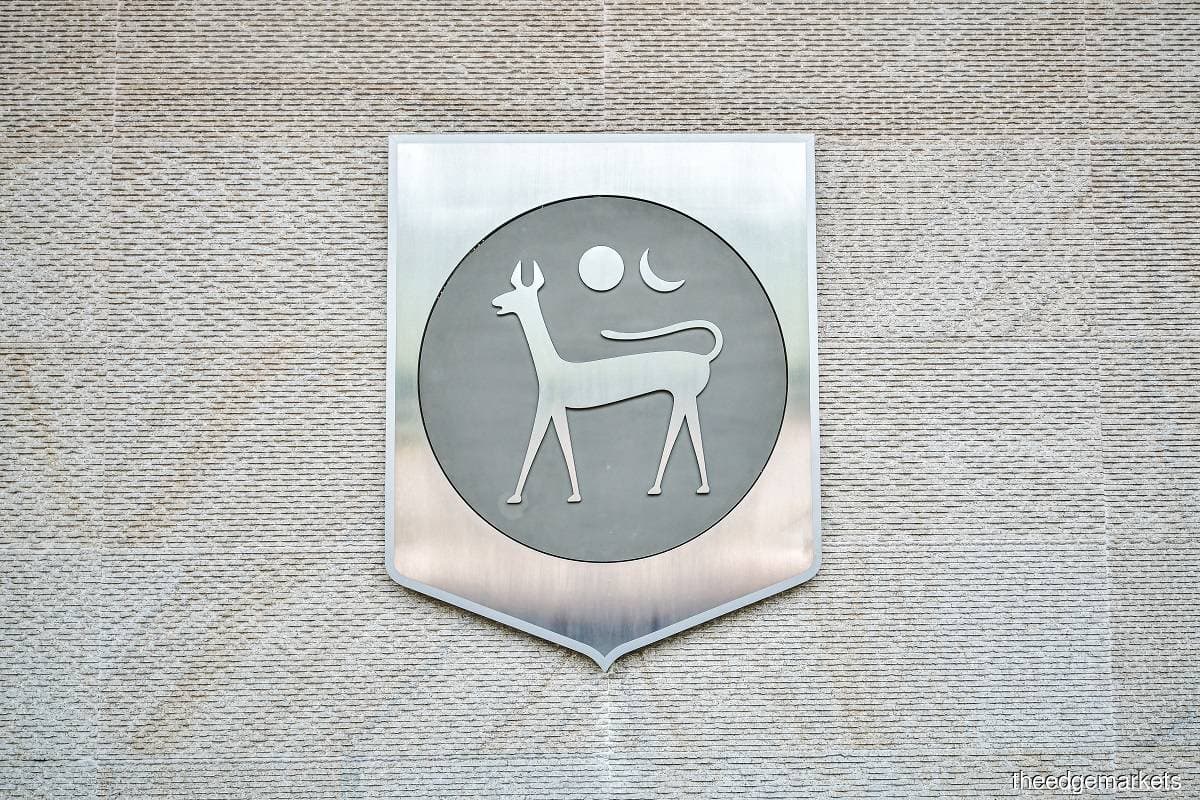
KUALA LUMPUR (March 29): Additional Tier 1 (AT1) bonds issued by Malaysian banks are ranked higher than equity holdings in the case of resolution, said Bank Negara Malaysia governor Tan Sri Nor Shamsiah Mohd Yunus.
“It is [more] senior [than equities]. Our banks do not rely on AT1 for capital, so if you look at the components of the capital, more than 80% of them are equities and retained earnings,” she told a press briefing after releasing the central bank’s Annual Report 2022.
The world's attention has been drawn to the pecking order in the resolution process of banks, as some quarters view that the Swiss banking authorities have changed the pecking order by relegating AT1, or additional Tier 1, bondholders to behind ordinary shareholders of Credit Suisse Group AG.
As part of UBS AG’s takeover of financially troubled Credit Suisse, the latter’s shareholders received US$3.2 billion (RM14.2 billion), while its AT1 bondholders saw their holdings amounting to US$17 billion wiped out. Ordinarily, it should have been the reverse.
According to Bloomberg data, as at March 27, Malaysian entities are holding a total of US$176.26 million worth of AT1 bonds issued by both foreign and local banks.
“In terms of our policy, the ranking of creditors follows what we call the Financial Stability Board’s (FSB) Key Attributes of Effective Resolution Regimes for Financial Institutions. So AT1 holders are more senior than equity holders,” Nor Shamsiah explained.
According to Key Attribute 5.1 of the Financial Stability Board’s (FSB) Key Attributes of Effective Resolution Regimes for Financial Institutions, resolution powers by agencies like Bank Negara and the Malaysia Deposit Insurance Corp (PIDM) should be exercised in a way that respects the hierarchy of claims.
If necessary, these resolution authorities should be given flexibility to depart from the general principle of equal treatment of creditors of the same class, with transparency about the reasons for such departures, to contain the potential systemic impact of a firm’s failure or to maximise the value for the benefit of all creditors as a whole.
“In particular, equity should absorb losses first, and no loss should be imposed on senior debt holders until subordinated debt (including all regulatory capital instruments) has been written-off entirely (whether or not that loss-absorption through write-down is accompanied by conversion to equity),” the document read.
Nonetheless, it is worth noting that according to Bank Negara’s Capital Adequacy Framework (Capital Components), published in December 2020, AT1 capital instruments should meet certain criteria, including that it is subordinated to depositors, general creditors and other holders of subordinated debt of the financial institution.
“The instrument is neither secured nor covered by a guarantee of the financial institution or an affiliated entity or other arrangement that legally or economically enhances the seniority of the claim vis-à-vis depositors, general creditors and other holders of subordinated debt of the financial institution,” according to another criteria.
Meanwhile, there should be provisions governing the AT1 that require the instrument to be written-off or be converted into ordinary shares if the CET1 capital ratio drop below 5.125%, in order to boost a financial institution’s capital back to at least 5.75%.
“If this is not possible, then the full principal value of the instrument must be written-off or converted into ordinary shares,” the framework read.
For local banks, the mechanism when a crisis arises stipulates that Bank Negara, PIDM, and the Ministry of Finance (MOF) will first step in as financial system safety net players to facilitate a resolution process.
Local banks have collectively raised some RM8.57 billion as AT1 capital, based on filings to Bursa Malaysia.
Malaysian banks well capitalised
Nor Shamsiah stressed that she does not foresee any similar banking crisis brewing in Malaysia, as local banks remain well capitalised.
The governor highlighted that the central bank had been conducting stress tests on Malaysian banks. “The starting point is already very high, so you have a situation where the capital ratio is already at 18%,” said Nor Shamsiah.
“For the stress tests that we carry out, the details are in the FSR 2H22 (Financial Stability Review for the second half of 2022). [We're] talking about an environment that is much worse than the pandemic, a GDP (gross domestic product) contraction of much worse than we saw in 2020, and bond yields at levels much higher than what you have seen in the past, and even exchange rates with the US dollar at levels that we have not seen in the past,” she said.
“So when you take all that together, the banks’ capital ratio is still higher than the minimum requirement. So, no, our banks are still resilient, and we do not expect what we see in the other countries to happen here in Malaysia,” she added.
Don't miss the other highlights of the BNM Annual Report 2022. Read the articles here.